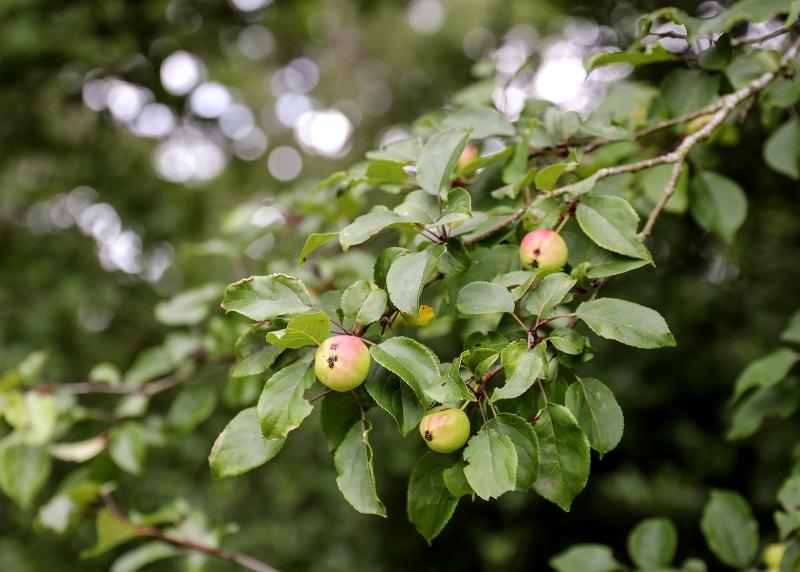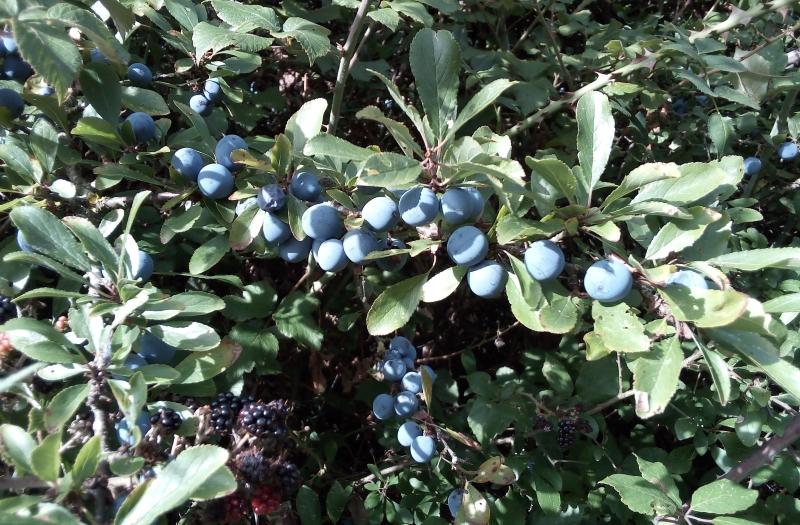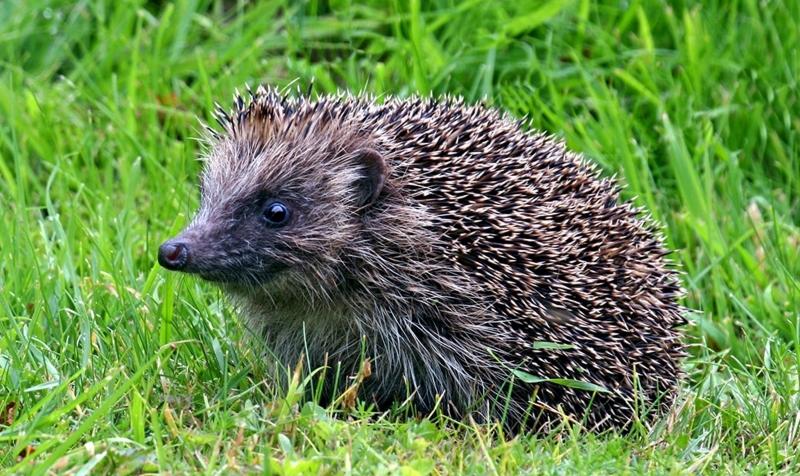
Fruit trees in the Forest
The fruit trees found in the Forest provide excellent habitats for a range of insects, birds and mammals. These sometimes overlooked species make an important contribution to biodiversity, as well as a feast for foragers.
Planting native fruit trees
We plant up to 30 native species of trees and shrubs, and in the last 12 months we have included crab apple and wild pear in our planting mix.
The hedgerows across the whole Forest already contain wild pear and crab apple trees, and you can also find both species along with wild service trees in some of our mature and Ancient Semi Natural Woodland (ASNW).
The heart of England is an important area of the country for fruit growing, and we are also working with Vale Landscape Heritage Trust to establish an orchard of native fruit trees at Sheriffs Lench. The Trust has helped us choose and source traditional breeds of fruit trees for our agroforestry in the Lenches area of the Forest, ensuring these orchards will be in keeping with the local landscape around the Vale of Evesham area. In return, the Forest provides an increased buffer for the Heritage Trust’s sites, which is all the better for our native pollinators.

Fruit trees growing naturally
In addition to the fruit trees we plant, there are those which grow naturally in the hedgerows such as blackberries, sloes and indeed damsons. These have not always been deliberately planted but occur as part of the existing habitat which we leave to flourish.
Food and shelter for wildlife
Fruit trees provide important food sources at different times of the year. For instance, during late summer and autumn wasps and hornets feed off the fruit, whereas during the winter fieldfares will gather to carry out their own harvest of the decaying apples and pears. Badgers and hedgehogs are often in evidence having taken advantage of the food sources available in the hedgerows.
The insects themselves are another key part of the food web, and will be eaten by birds, such as the lesser spotted woodpecker, as a normal part of their diet.
Like other trees with a shorter life span, fruit species decay more rapidly, and this makes them a good habitat for some rarer insects such as the noble chafer beetle as well as the more common rose chafer. These live off the dead wood as it decays – the technical term for these insects is saproxylic.
The noble chafer beetle has a green metallic body and is easily confused with the rose chafer, but the main difference is a small triangular area between its wing cases. Its habitat is traditional orchards and wood pasture, depending on decaying wood within live trees such as cherry, plum and apple. The adults emerge in early summer and live for about four to six weeks.

Wild food for free
The fruit in the Forest also makes a tasty treat for humans too, but you must be 100% sure you know what something is before eating windfall fruit. Please make sure you leave plenty for our wildlife after you have enjoyed it. Read Gorcott Biodiversity Officer Tasha's guide to foraging in the Forest.



